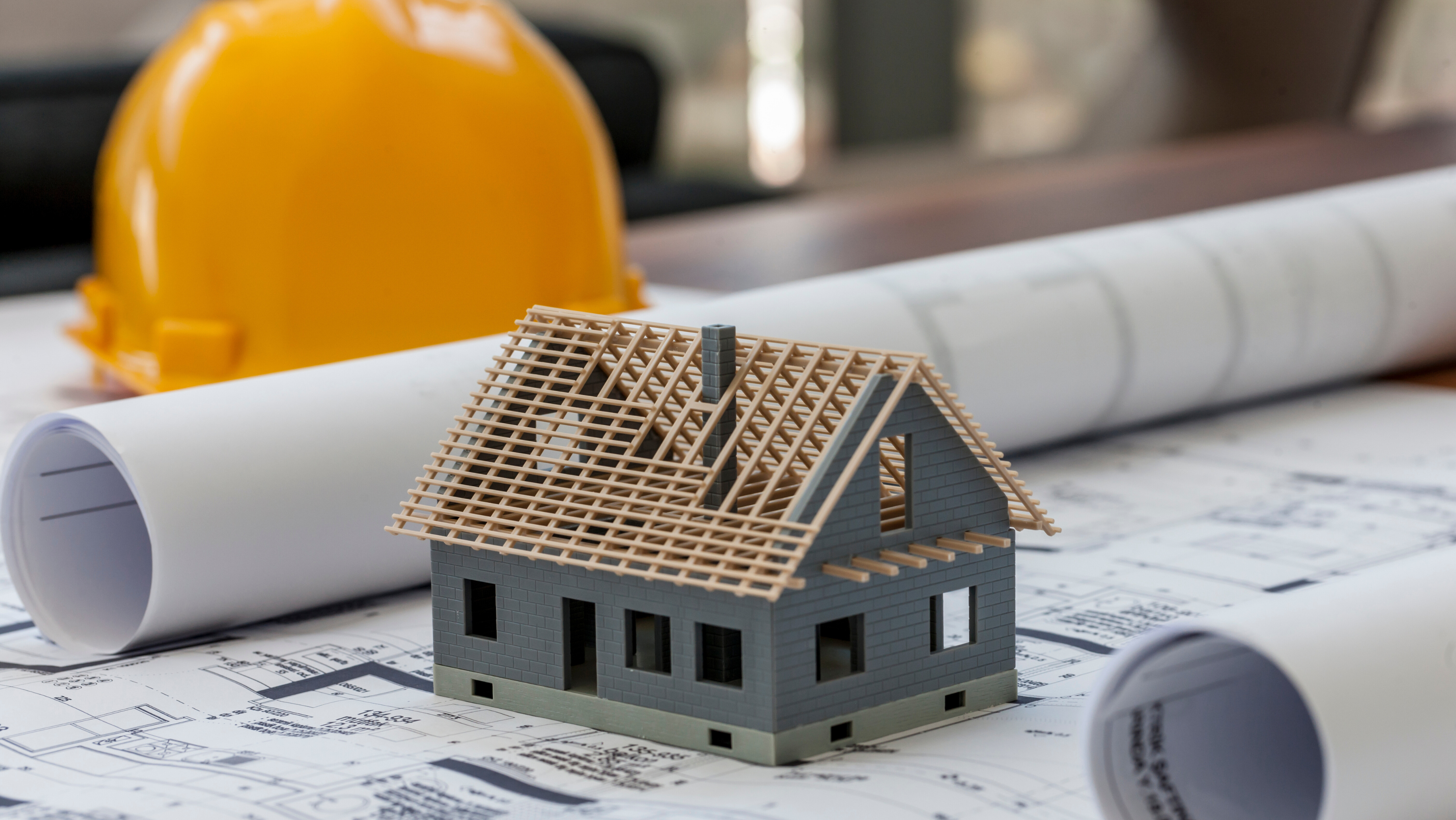How Banks Value Construction and Renovation Projects — What You Need to Know Before You Build
Understanding Bank Valuations for Granny Flat Construction
May 5, 2025Planning a new build or renovation? Before you commit a single dollar, it’s crucial to understand how your bank will actually value the finished product. At hfinance, we regularly help clients navigate this process — and the truth is, it’s often not as straightforward as you think.
In this post, we’ll break down what construction and renovation valuations really are, how they work, and why understanding them could be the difference between a successful project and a funding shortfall.
What is a Construction or Renovation Valuation?
Unlike a standard valuation based on an existing home, a construction or renovation valuation is an estimate of your property’s expected value after the work is completed. It’s a critical piece of the puzzle for anyone looking to secure finance for:
-
A new build
-
A major renovation
-
An extension or structural upgrade
Banks use these valuations to determine:
-
How much they’re willing to lend
-
Your post-construction equity position
-
The viability of the project from a mortgage risk perspective
These valuations aren’t based purely on the cost of your works. Instead, they consider building contracts, floor plans, and local property market conditions.
How Do Construction Valuations Work?
Here’s a simplified version of the process:
-
You provide your building contract, plans, and specifications to your broker or lender.
-
A valuer conducts what’s called an “As If Complete” valuation, estimating the property’s worth after all works are finalised.
-
Importantly, the valuer may not match your costs dollar-for-dollar. For example, you might spend $300,000 on renovations, but the property’s value may only increase by $200,000.
-
Market conditions play a major role. If similar renovated homes in your suburb aren’t achieving strong prices, the uplift might be less than expected.
-
Lenders watch for overcapitalisation — spending more than what your area’s market can support.
Who Should Consider a Construction Valuation?
These valuations are especially useful for:
-
Homeowners upgrading their homes in growth areas
-
Investors renovating to increase rental returns or property value
-
Growing families building extensions instead of relocating
Who Should Be Cautious?
This approach might not suit:
-
Borrowers with minimal equity or tight borrowing capacity
-
Properties in slower or declining markets, where future resale value is uncertain
-
Anyone assuming that every dollar spent equals a dollar in value — unfortunately, it usually doesn’t work like that
Example: You might spend $100,000 on a luxury kitchen, expecting your home’s value to rise by the same amount. But if buyers in your area aren’t willing to pay for high-end finishes, the uplift could be far less.
What You Should Do Before You Build
Before locking in a builder or starting your project, speak with your mortgage broker. A proper valuation strategy could save you from major funding issues down the track.
📹 Want the full breakdown?
Watch the YouTube video with our Director Jeremy Harper for an in-depth guide on construction and renovation valuations.
Final Thoughts
At hfinance, we believe smart projects begin with smart planning. Whether you’re renovating for lifestyle or investing for profit, understanding your property’s potential value upfront is essential to make informed financial decisions.
Have questions? Reach out to our team — we’re here to help guide you through every step of your construction finance journey.
Watch the full breakdown by our Director Jeremy Harper on YouTube — it’s packed with expert insights and real-world examples to help you plan better.



